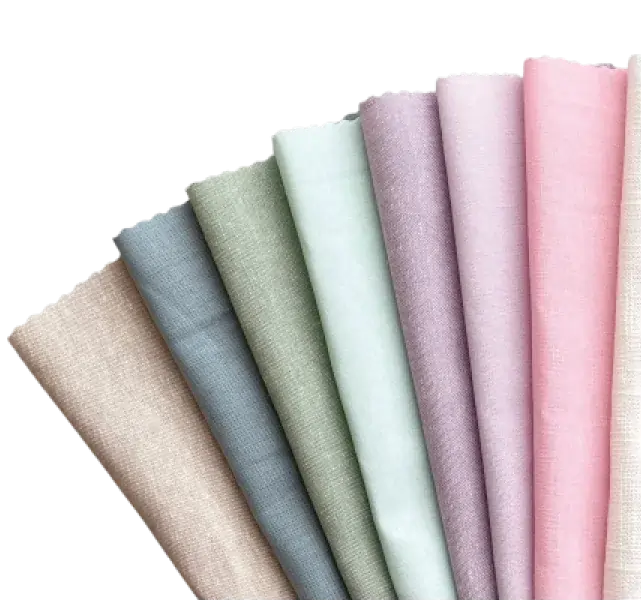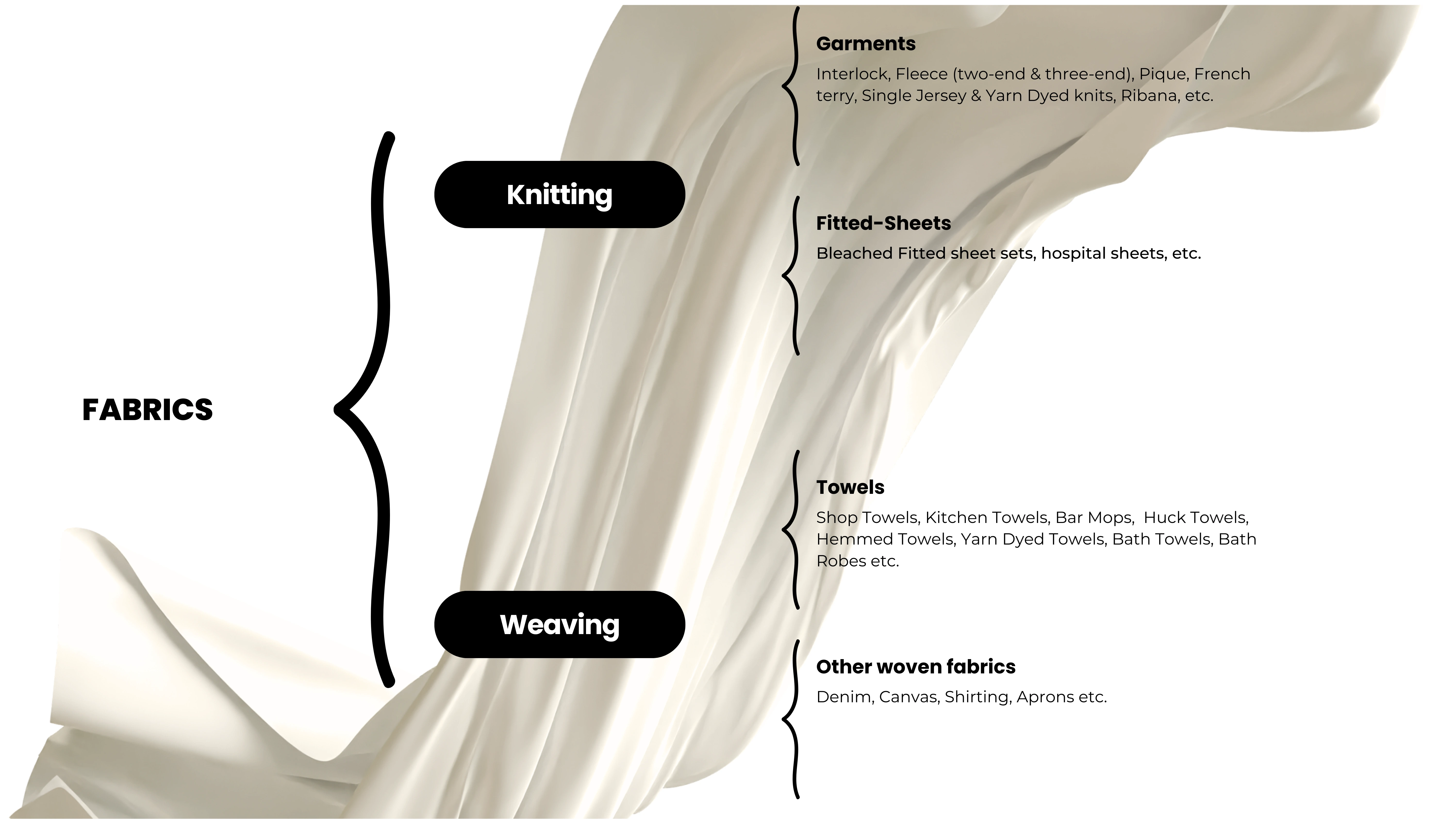Yarn
We offer a diverse yarn portfolio in count range of Ne 4/1 to Ne 120/1 in following yarn categories:
-
Spun polyester yarns: Manufactured in both Ring and MVS system.
-
Filament yarns: DTY and FDY based on their different manufacturing process.
-
Air Covered Yarns (ACY): Filament yarn coated with spandex denier yarn. Suitable for various applications - knitting, weaving, crocheting, apparel, home textiles, and industrial uses - our yarns adhere to stringent GOTS, Oeko-Tex, and other sustainable standards. For customized yarn solutions tailored to your unique textile needs, leverage our expertise and contact us for specifications and personalized support.
Cotton yarns: Manufactured in both Ring and Open-Ends system, be it Carded or Combed, Compact or Non-Compact.
Poly-Cotton blended yarns: Manufactured in different blends like PC 52:48, CVC 60:40, CVC 75:25 or customized as per the client’s demand. Blended yarns with single portion dyeing guarantee (IB) are offered as well.
Melange yarns: Complete Shade Catalogs are offered to clients to cater to their needs. Melange yarns are manufactured in both 100% Cotton or Poly-Cotton blends.
Special yarns: Tencel, Modal, Viscose, Lyocell, Spandex, Acrylic, Bamboo, Regenerative, Slubs, Hemp (natural & man-made), Linen, Multitwist, Multicount, Core spun, Low twist, Zero twist, Siro yarns, and many more.
Polyester yarns: Categorized in Spun Polyester (PP) yarns and Filament yarns.
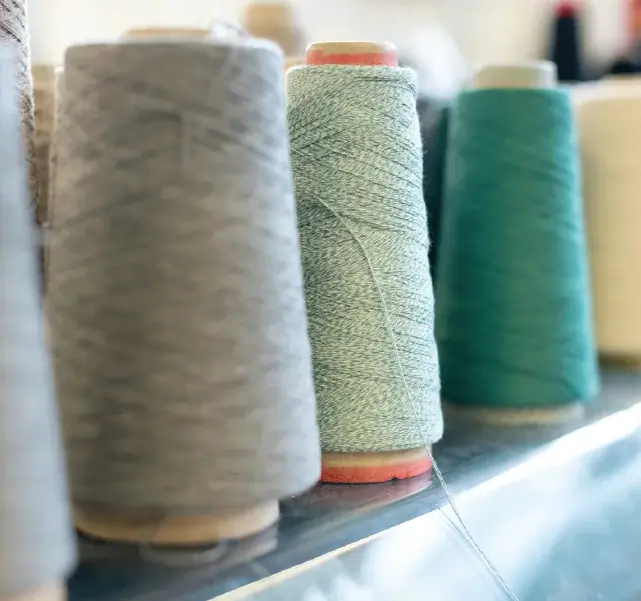
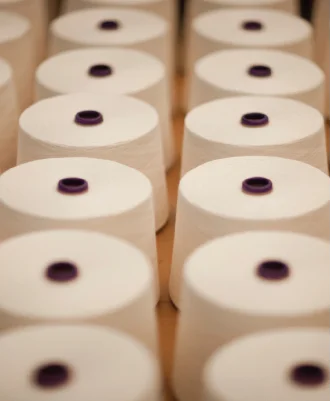
Ring Spun
See More >
Cotton
Ring spinning is a yarn production method where fibers are twisted together to create strong, durable yarn. It involves preparation, drafting, spinning with a rotating spindle, and winding onto bobbins.
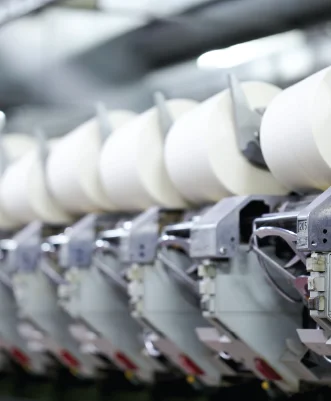
Cotton
Open-End
See More >
Cotton
Open-End system Open-end spinning, or rotor spinning, involves feeding fibers into a rotating rotor that twists them into yarn, eliminating the need for a spindle. This method enables faster production of bulkier, less uniform yarns at lower costs.
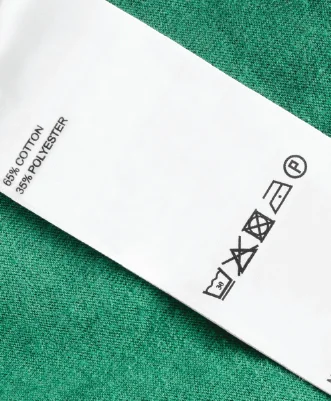
Blended Yarns
See More >
Blended Yarns
Poly-cotton blended yarns are created from a mixture of polyester and cotton fibers, combining the softness of cotton with the durability of polyester. This versatile blend is ideal for various applications, including apparel and home textiles, and can be customized in different ratios where PC 52:48, CVC 60:40 is the mode widely used ones.
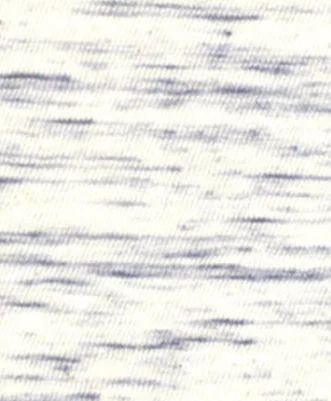
Melange Yarns
See More >
Melange Yarns
Melange yarns are produced by blending different colored fibers, resulting in a subtle, textured appearance with a unique depth of color. Melange fabric does not need to be dyed.
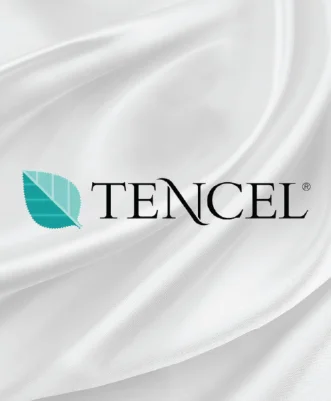
Tencel Yarn
See More >
Tencel Yarn
Tencel yarn is made from lyocell fibers, which are derived from sustainably sourced wood pulp. Known for its softness, breathability, and moisture-wicking properties.
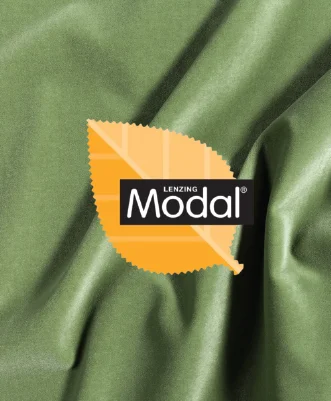
Modal
See More >
Modal
Modal yarn is made from beech tree pulp and is known for its softness, smooth texture, and excellent drape. It is highly absorbent and breathable, making it ideal for comfortable clothing and textiles.
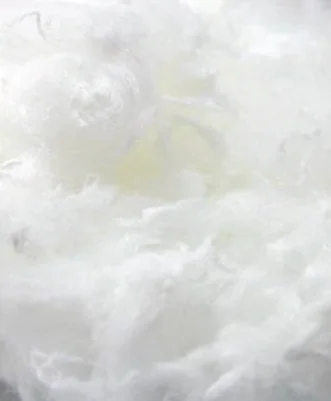
Viscose
See More >
Viscose
Viscose yarn is made from regenerated cellulose fiber derived from wood pulp, offering a soft and silky texture. Known for its breathability and drape, it is now commonly used in textiles.
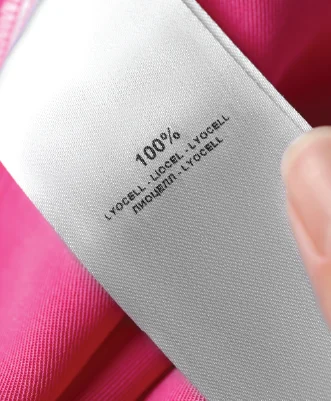
Lyocell
See More >
Lyocell
Lyocell yarn is made from sustainably sourced wood pulp, produced through an environmentally friendly process. It is known for its softness, moisture-wicking properties, and biodegradable nature, making it an eco-friendly choice for textiles.
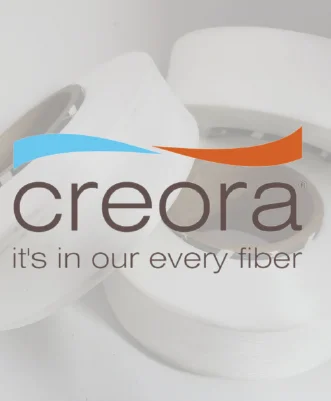
Spandex
See More >
Spandex
Spandex yarn is a highly elastic synthetic fiber known for its exceptional stretch and recovery properties. Commonly blended with other fibers, it is used in garments requiring flexibility and comfort, such as activewear and form-fitting clothing.
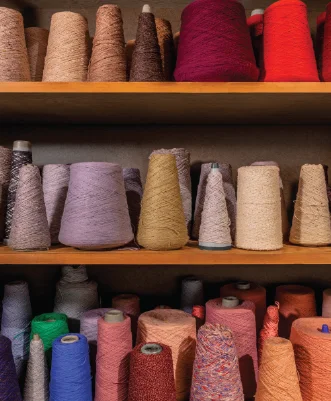
Acrylic, Bamboo, Slubs, Others
See More >
Acrylic, Bamboo, Slubs, Others
Special yarns like acrylic, bamboo, and slubs etc. are increasingly popular in modern textiles due to their unique properties and aesthetic appeal. These yarns offer versatility, sustainability, and innovative textures, making them ideal for a wide range of applications.
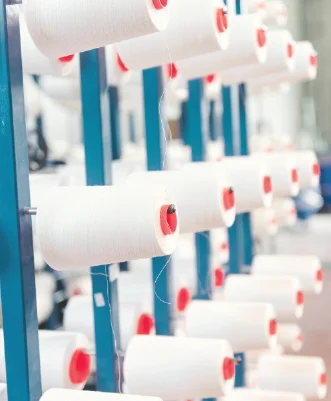
Ring Spun
See More >
Ring Spun
Ring spun polyester yarn is produced by twisting polyester fibers together using a ring spinning method, resulting in a strong and durable yarn. This type of yarn is known for its smooth texture, versatility, and resistance to abrasion
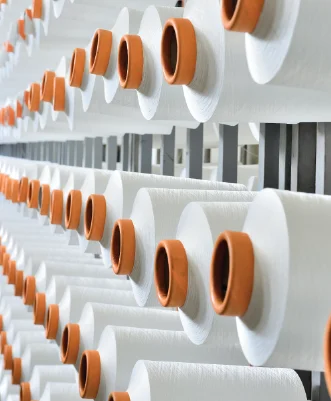
MVS
See More >
MVS
MVS polyester yarn is manufactured using a modified vacuum spinning process, which enhances fiber alignment and yarn uniformity. This results in a strong, high-quality yarn with excellent softness and reduced pilling
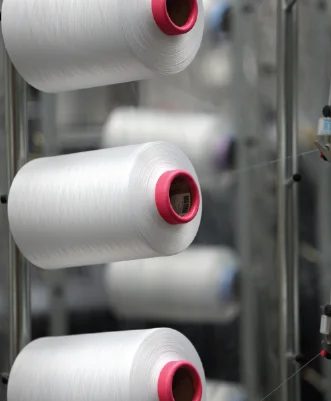
Filament & ACY Yarns
See More >
Filament & ACY Yarns
Filament yarn, made from continuous synthetic fibers like polyester or nylon, offers a smooth, strong texture for durable applications. It comes in NIM (Non-Intermingled), SIM (Semi-Intermingled), and HIM (Heavy-Intermingled) types, with common counts such as 75/36, 100/48, 150/144, 300/96, and 600/192 in DTY and FDY systems.
Fabric
We provide a wide variety of options in both knitted and woven fabrics. Knitting and weaving are two primary methods of fabric production, each with distinct characteristics. Knitting involves interlocking loops of yarn, creating stretchy and flexible fabrics ideal for comfortable apparel like Hoodies, Sweatshirts T-shirts, Jogger pans and Activewear etc. This method allows for versatility in textures and patterns while enhancing breathability. In contrast, Weaving interlaces two sets of yarn—warp and weft—to produce stronger, more durable material suited for Tailored garments, Towels, Denim and Home textiles. Woven fabrics offer stability and a variety of patterns, from simple to intricate designs. Understanding these methods helps consumers choose the best fabric for their specific needs, whether prioritizing comfort, durability, or aesthetic appeal.choose the best fabric for their specific needs, whether prioritizing comfort, durability, or aesthetic appeal.
